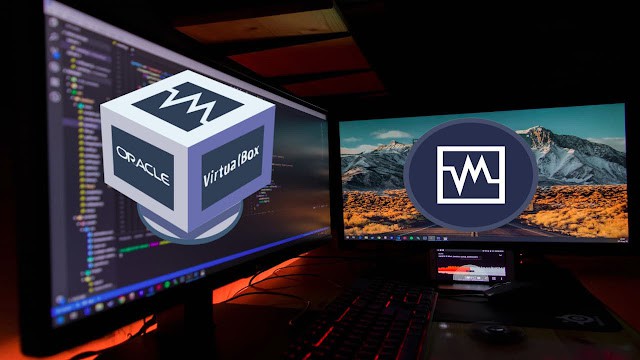The 7 Best VirtualBox Alternatives. Almost all computer users have, at some point or another, felt the need—or simply the curiosity—to use a virtualization solution on their system. Perhaps to test out a different operating system without completely abandoning the current one, or to execute a program that is only supported by a certain OS. In any case, Oracle’s VirtualBox is one of the first tools that come to mind when considering a virtualization solution. The major advantage VirtualBox has over rival products is that it is open source, free, and supports a variety of operating systems, including Windows, Linux, OS X (now macOS), and many others.
7 Best VirtualBox Alternatives You Can Use
In this article, you can know about VirtualBox Alternatives here are the details below;
The one drawback to VirtualBox is that it’s not always the greatest option available, as is typically the case with open source and free software. In reality, they frequently fall well short of ideal, as is the case with VirtualBox. While VirtaulBox is a competent product, its performance is subpar, and it lacks new features that the competition has incorporated quickly. Continue reading to view our recommendations for the finest virtualization software if you’re one of those folks looking for alternatives to VirtualBox. However, be aware that some of them have pretty high price tags.
1. vSphere Workstation Pro
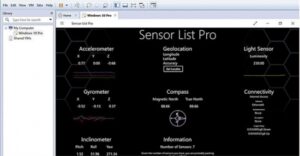
VMware is a name that is well-known when it comes to operating system virtualization. The goods from VMware are guaranteed to work because they have more than 15 years of industry experience in this field. When it comes to VirtualBox alternatives, Workstation Pro is at the top of the pack. It turns your computer into a host that can run a number of operating systems for testing, deployment, and even regular usage. The program offers a ton of other capabilities that will please even the most ardent users, like the ability to duplicate tablets, sync virtual machines from the cloud so that they are accessible from anywhere, support for advanced hardware, the ability to share virtual machines, and many more.
Because it is primarily intended for developers and IT professionals, VMware Workstation Pro has the highest price on this list ($249 per license).
2. VMware Workstation Player
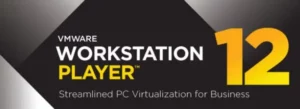
Consider Workstation Player as a milder variation of Workstation Pro, its older sibling. Without switching between operating systems, it can be used to build and run virtual computers, albeit Workstation Player can only run three virtual machines concurrently. Additionally, it is restricted to Windows and Linux users and fully supports Windows 10.
Restricted virtual machines, i.e., those made with VMware Workstation Pro, can also be run on Workstation Player. This makes it the perfect option for implementation in a learning environment without incurring astronomical costs for hardware and software. The virtual machines created by Workstation Player are also portable; as long as the receiving system is capable of running the Player, you can move the entire VM file to a flash drive or other storage medium and utilize it there.
The best option for home users is VMware Workstation Player, which has a commercial license that costs $150 but is free for personal, non-commercial use.
Get or purchase VMware Workstation Player
3. VMware Fusion/Pro
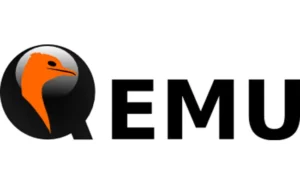
You’d imagine that VMware would release yet another product, but they really are that fantastic, and Fusion Pro is the cherry on top. This is the first item on our list that is limited to a specific OS and solely serves one purpose, but how well does it do it? You can run Windows & Linux on your Mac in a virtual machine using Fusion Pro, which is only compatible with OS X. The “fusion” (named Unity) it produces between the host and the client, enabling you to run Windows apps on a Mac that behave as though you’re running them natively, is what really makes it a great option. Additionally, Fusion Pro enables you to access cutting-edge Windows 10 features like Cortana and universal search on your Mac, so its benefits don’t end there. When it comes to hardware, virtual machines can be given up to 64GB of RAM and 16 CPU threads, should your Mac’s hardware handle all of that. They can also be made restricted or self-expiring (think: temporary). Also check Toggl Alternatives
If you’re not a professional user and don’t want this much capability, a leaner version known only as VMware Fusion is also offered. Home users who want a seamless experience that offers both Mac and Windows side-by-side are the target audience for Fusion. Fusion costs just $80 whereas VMware Fusion Pro costs $200 for a new license (discounted to $160 as of this writing).
4. QEMU
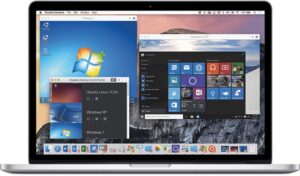
Another open source and cost-free virtualization solution for a range of operating systems, QEMU is short for Quick Emulator. It is of the least user-friendly systems out there despite being incredibly powerful. Others in the same field lack some of the options and sophisticated capabilities that QEMU provides, such as the ability to support a wide range of architectures as opposed to only the standard x86 found in conventional PCs. In order to operate virtual machines as quickly as they would in a native hardware environment, it can also be combined with KVM. Additionally, QEMU does not rely on the host’s graphical output to display virtual machines; instead, it deploys an integrated VNC server to display the screen of the guest operating system.
QEMU is one of the most potent alternatives on our list of VirtualBox alternatives because of its extensive list of features and distinctive qualities. The only reason it ranks fourth is due of how difficult it is to use.
5. Parallels Desktop
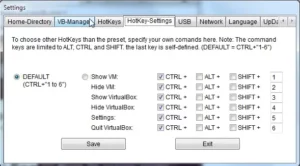
A discussion about virtualization software would be incomplete without mentioning Parallels Desktop. VMware Fusion and Fusion Pro are directly rivaled by Parallels Desktop, which even has two versions, one designed for personal usage and the other for companies. With a few minor variations, Parallels Desktop performs all of the same features as VMware Fusion. Additionally, it supports operating Mac and Windows simultaneously and includes a “Coherence” mode that is a perfect match for Fusion’s Unity. However, Parallels is not just limited to Windows; it can also run Linux and Chrome OS on your Mac. Additionally, it features Cortana integration, is compatible with Windows 10, and can even turn your Boot Camp Windows installation into a virtual machine for convenience. Also check Strava Alternatives
With the help of multiple “modes” provided by Parallels Desktop, you can choose the use case for the virtual machine (gaming, productivity, development, etc.), and the program will modify the virtual machine’s settings to meet that demand. It costs $80 or is available on yearly contracts. If Parallels appeals to you, keep an eye out for a deal because they frequently provide promotions and discounts.
6. Portable-VirtualBox
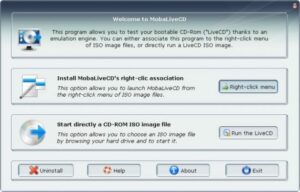
You can probably see the irony in the name of the program, but Portable-VirtualBox fits this criteria extremely well. This free and open source software is essentially VirtualBox that you don’t need to install, making it useful even if it’s on a USB drive. By downloading and virtually installing VirtualBox on the fly, Portable-VirtualBox enables you to run a virtual machine on a host that either didn’t come with VB in the first place or doesn’t permit software installation. Additionally, it is irrelevant where you keep your virtual machines because Portable-VirtualBox may operate them anywhere you are.
7. MobaLiveCD
One shareware program that is specifically designed to run a Linux virtual machine on a Windows environment without installation restrictions is our final entry on this list. As the name implies, MobaLiveCD enables the use of a Linux LiveCD on any Windows computer for testing and emulator purposes. It eradicates the requirement for you to create a CD in order to run Linux on Windows by using QEMU as the engine for emulating the virtual environment. MobaLiveCD doesn’t have any bells and whistles and accomplishes its intended task adequately while serving a very narrow purpose.
Download MobaLiveCD at mobalivecd-1
Some really good virtualBox alternatives you can use
So there you have it: seven reliable alternatives to VirtualBox. You can see for yourself that in this case, free isn’t actually the best and that if you need a reliable commercial solution for virtualization and hypervisors, you’d be better off paying for it. Every premium tool on our list offers a free trial, allowing you to determine in advance which one best meets your needs. At the absolute least, make use of the very functional VMware Workstation Player, which is free for non-commercial usage. Please let us know in the remarks if you have any further suggestions that you believe ought should have been on our list.
